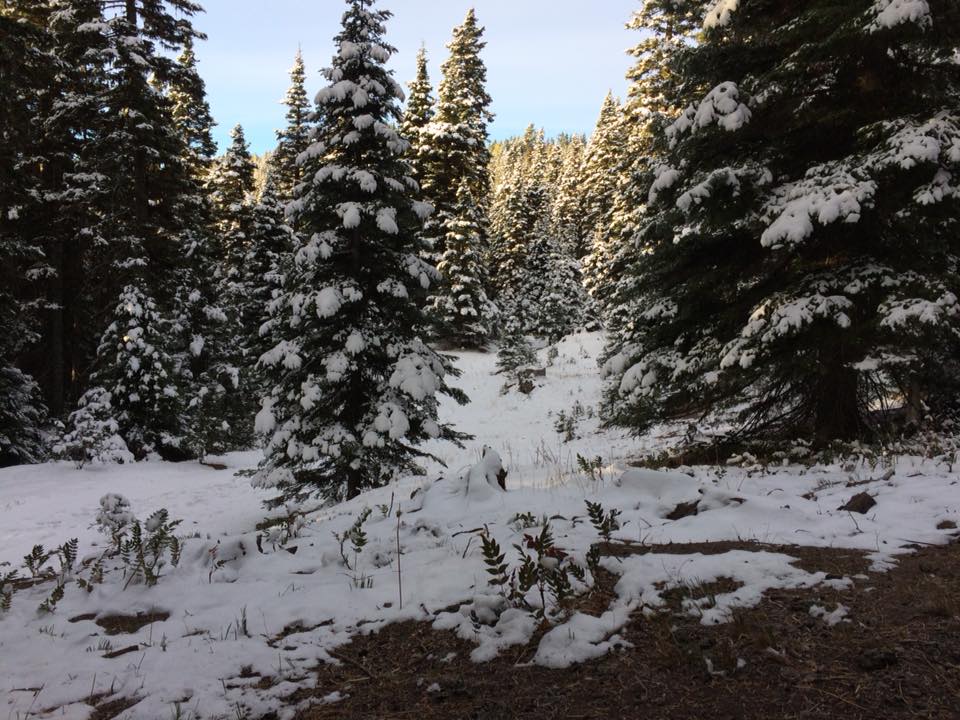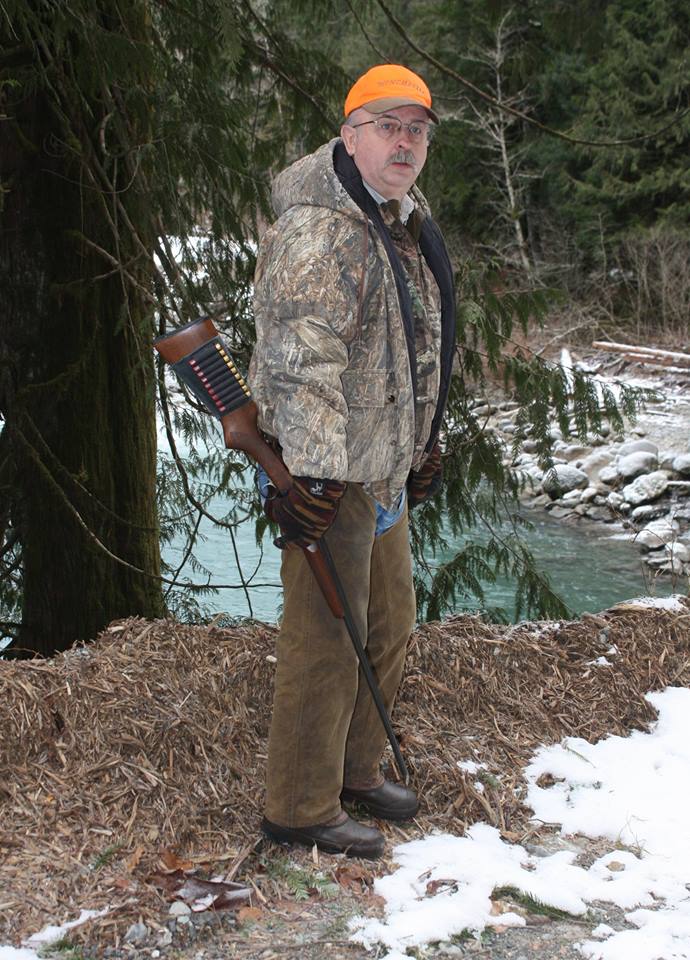By Jim Dickson | Contributing Editor

Winter is the time of the year when the conditions are most favorable to the hunter.
Leaves are off the trees, allowing increased visibility and enabling a hunter to move through the woods with less noise. If there is snow you have perfect tracking conditions where even a child can track successfully. If there is no snow the cooler weather does not dry the leaves on the forest floor as efficiently as it does in the summer so you are more likely to have a wet forest floor that you can move quietly over it and do some successful stalking.
As it gets colder the fair weather hunters stay home to watch television and leave the woods to the dedicated few real hunters. You no longer have spider webs in your face as you go through the woods and all those biting bugs that were bedeviling you in the summer months are long gone. No more sudden starts as a hidden rattlesnake sounds his warning to an intruder in those states where they are a problem. No more overheating in the dog days of August in the woods. It’s cold now and that means the deer and other game animals are having to move about more to stay warm and find more food to generate heat with.
If it’s the dark of the moon they can’t feed at night so they will wake up hungry and head for feeding areas at first light. They can’t feed all night during the dark of the moon like they will during a full moon. Predators are also moving for the same reason and they keep their prey animals on the move trying to stay out of the mouths of those predators. Anytime game is moving you have a better chance of placing yourself in it’s path for a shot and nothing gets things moving like cold weather.
Winter hunting is for the serious hunter and the idea of just leaving home for a few hours and coming back at night may be fine for the small game and bird hunter but it doesn’t work as well for deer and larger game as pitching a camp and staying out for a week. That way you can be on your stand before daylight and not have to come back to camp until after dark.
You can hunt every minute of the legal hunting hours. Obviously this increases the quality and quantity of your hunting time afield drastically. Betty and I would carry a couple of MRE’s and a couple of 2-liter sodas in a WW2 Army Musette pack along with a roll of toilet paper when we started out in the predawn. This took care of lunch so we did not have to return to camp until dark.
Saying still on the stand means being cold in the winter if you aren’t prepared. We wore our goose down parkas from our Alaska days over regular canvas briar proof hunting clothes. As the day warmed up these came off and could be donned again as the night came with its cooling temperatures. The extreme comfort range of a 100% prime Northern goose down parka intended for 60 below weather kept us comfortable when other hunters were freezing.
Camping was done in two forms. If our four-wheel drive Dodge pickup could reach the campsite we put a foam mattress in it that took up the whole truck bed under the bed cover. Once at the camp site the gear was unloaded and a tarp was stretched between four trees at an angle so water would run off if it rained. This covered the open back of the truck and protected the camp fire and coolers. Two sleeping bags that zipped together went in the truck on the mattress with a sheet sewn into a form fitting liner. A similar pouch made from wool army blankets would take the 32 degree rated bags down to a cold level where we could use the down arctic rated bags which definitely could not be used in anything except extreme cold. They are just too hot. They were necessary in Alaska but too much for most of the lower 48.
If the camp site was beyond the reach of the truck, we used a 3-man dome tent that took up little space and was easily packed in. Again a tarp was stretched between four trees providing a sheltered area for the camp fire and site. This also enables you to have the rain fly open on the tent with just the mosquito netting closed in the rain so you can get more air.

Always hungry and in a hurry when returning to camp I had wax fire logs that I had cut in two by a blow from an axe. The ends were stuffed inside a small paper bag and taped on with masking tape which sealed all the junctions that wax log fragments might sift out. One of these enabled us to get a fire started with larger wood in far less time than slowly building one up from scratch. The light of a fire is most welcome on a dark night when you are trying to get settled and fix dinner. You don’t have to have a grate to cook on though one is a nice touch. Simply putting a coffee pot and a boiler up against the fire works fine.
Extra light was furnished by a small kerosene lantern outside and a 6-volt battery powered lantern inside the tent. Some people may want more light but after a long day hunting that began at 4 a.m. you will not be interested in staying up that late.
It makes sleeping a lot more pleasant when you don’t have all the bugs invading your camp and the tent is cool instead of sweltering hot. I really prefer winter camping to camping in the hot summertime and I think summer camping is what turns a lot of people off on the camping experience.
When you are hunting all the legal hunting hours for a full week you are getting in far more hunting than those who just venture afield from their homes for a few hours a day. This increases your chance of success immeasurably. If you are serious about laying in a supply of wild meat for the winter, then you had better do as Daniel Boone did and stay out there with the game hunting every available minute.



